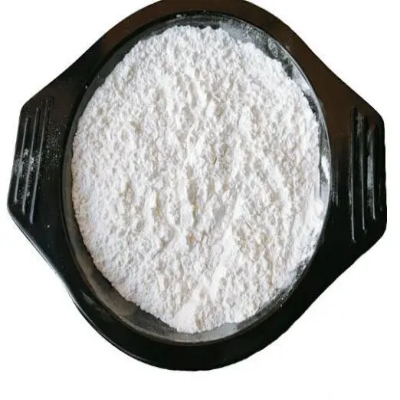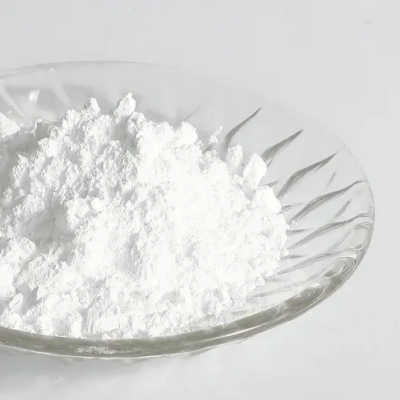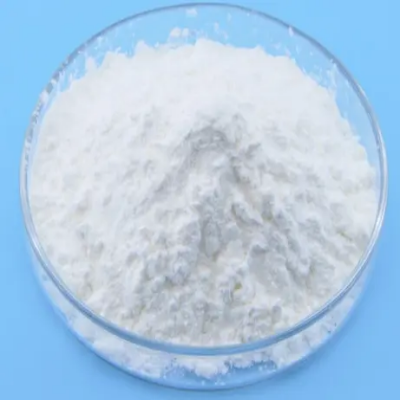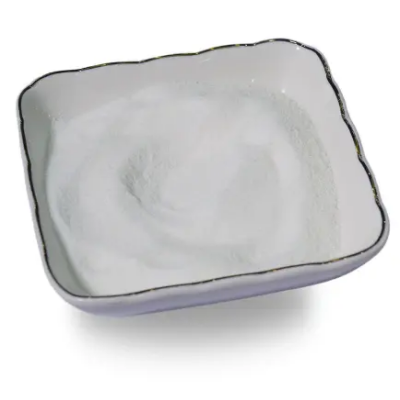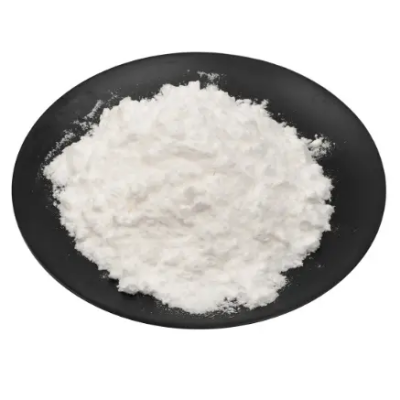Pyridine hydrobromide CAS:18820-82-1
Pyridine hydrobromide, a salt formed from the reaction of pyridine with hydrobromic acid, represents an important class of organic compounds, particularly in the context of synthetic chemistry. With the molecular formula C5H6BrN, this compound consists of a pyridine ring—a stable aromatic structure featuring five carbon atoms and one nitrogen atom—combined with a bromide ion. The presence of the hydrobromide functional group makes pyridine hydrobromide highly soluble in polar solvents, enhancing its utility in various chemical processes. One of its primary applications lies in acting as a reagent in the synthesis of diverse nitrogen-containing compounds. Due to the basic nature of pyridine, its protonation results in a more electrophilic species that can facilitate nucleophilic substitution or addition reactions. This characteristic is particularly advantageous in the development of pharmaceuticals, where the introduction of functional groups can lead to biologically active molecules. In organic synthesis, pyridine hydrobromide serves as a useful building block for the creation of various pyridine derivatives. These derivatives are frequently employed in drug discovery due to their wide-ranging pharmacological activities, including anti-inflammatory, antitumor, and antifungal properties. The ability to readily modify the pyridine ring through different substitution patterns allows chemists to tailor compounds for specific therapeutic uses. Additionally, pyridine hydrobromide has been utilized in catalysis, often enhancing reaction efficiencies and selectivity. Its role as a Lewis base enables it to activate electrophiles in organic reactions, providing pathways toward complex molecular architectures. Despite its usefulness, safety considerations must be taken into account when working with pyridine hydrobromide. As with many nitrogen-containing organic compounds, proper handling and disposal protocols should be observed to mitigate any potential hazards associated with exposure or environmental impact. In conclusion, pyridine hydrobromide is an essential compound in organic synthesis, contributing significantly to the development of pharmaceuticals and other nitrogen-rich materials. Its versatility and reactivity continue to drive research, expanding its applications across various fields in chemistry and material science.



| Composition | C5H5N.BrH |
| Assay | 99% |
| Appearance | white powder |
| CAS No. | 18820-82-1 |
| Packing | Small and bulk |
| Shelf Life | 2 years |
| Storage | Store in cool and dry area |
| Certification | ISO. |




